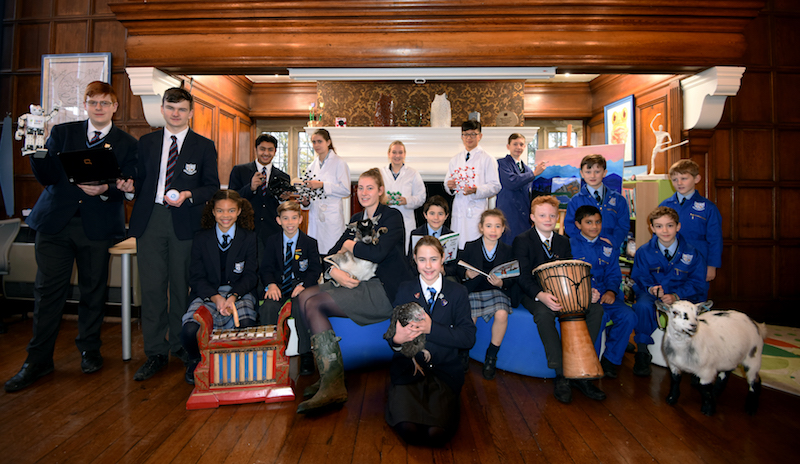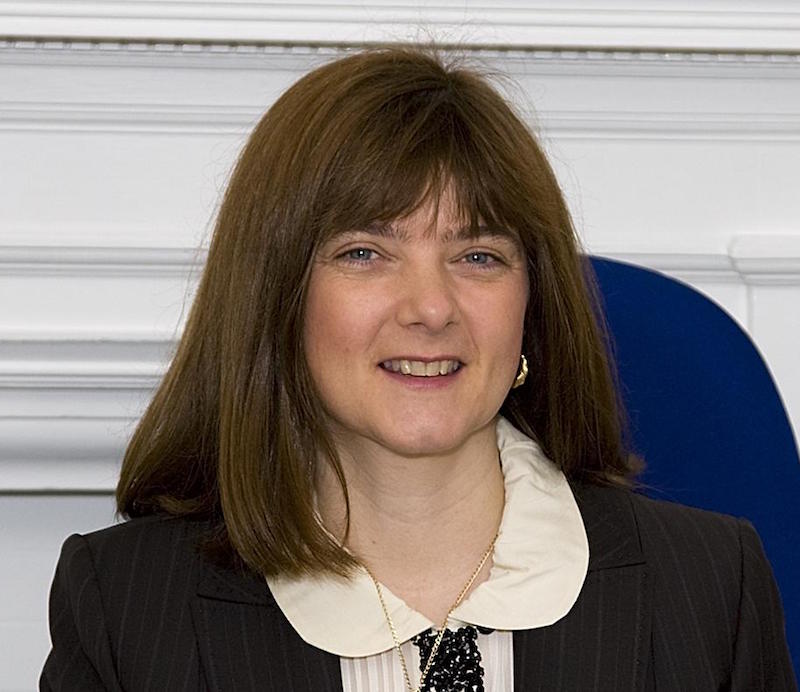Creativity as a catalyst for change
Posted on 8th May 2019 in School News, Prep Schools Guide

It’s a whole-school process, writes Claire Robinson, Headteacher of Holme Grange School in Berkshire...
Our young people should be given the opportunity to be architects of their future, to take ownership of their learning and build the confidence to secure their success, not just in school but in life. How we measure that success is not always easy and one could argue that we have focused far too long in schools on what is measurable when what we should really be doing is developing the creativity and imagination in our young people which will allow then to explore what is possible.
Ken Robinson talks of ‘schools killing creativity’ when it is acknowledged that in the world our young people are growing up in, it should be as important as English, Maths and Science, if not more so. It is a widely held belief that taught well, creativity will actually bring about academic success in all areas of the School curriculum and beyond. But what is creativity?
To answer this question we should look at what is the purpose of schools. We have all had experience of our own schools and schooling. When else in our lives are we placed with a group of people from a wide range of backgrounds, personalities and values and expected to learn alongside them in the same way? For that is what our schools do. Schools need systems, rules and procedures. They need structures and need to deliver a programme which has measurable outcomes in order to be judged and compared.
However, in our school, just like every other in the country I suspect, no two pupils are the same. They are each unique with many talents yet the school system wants them to be the same, they are measured in the same way, expected to learn the same things and sit the same tests yet we all know that equal opportunities does not mean giving everyone the same. So in order to teach creativity we need to be creative ourselves.
I invite you to consider creativity in a different way – be creative and let your imagination go. Our journey continues to lead us down paths of discovery, of enlightenment and of challenge. However as we all know “If it doesn’t challenge you, it won’t change you” (Fred DeVito) and if we do not open ourselves up to change – the one certainty our youth will have in their lives – then we prepare our pupils for our past and not their future which they will inherit and lead. We may not know what it looks like but we are beginning to see the skills they will require, the intellectual character we should nurture and the confidence we must instil. As Albert Einstein said “The world as we have created it is a process of our thinking. It cannot be changed without changing our thinking.”

Teaching and Learning
If we are to develop creativity in our pupils then we need to teach creatively and develop our staff to enable them to be creative in their thinking. Children are not empty vessels but can be guided and shaped by moral values and they learn by example.
Staff development has to be a key part of any school development plan. And this is more than sending teachers on courses. Seek opportunities for staff to network, work with colleagues in school and other schools over longer periods of time. Encourage educationalists to come and work alongside staff, students and parents. Provide opportunities for staff to engage in educational research as this will enhance the practice within and across the school. Teachers will be empowered to transform their practice, seek opportunities to improve and consider what small change will impact on their pupils’ development.
In a world where success does not always follow good exam results, where young people are under increasing pressure to the detriment of their mental health, where employers, communities and societies need robust, capable, thinkers and doers: teachers need to be armed with more than content expertise and behaviour strategies.
Creative Curriculum or Developing Creativity?
The creative curriculum is not art and drama. It is not simply about building cross curricular links so that English and Maths becomes more cross curricular.
It is far more. It is a way of learning and developing creativity in our learners. One where students are encouraged to explore and discover, develop confidence and lifelong critical thinking skills. At its heart is knowledge of how children learn, what and how to teach them and why some ways are more effective than others. The arts boost the right side of the brain which is responsible for creativity. Both sides of the brain are required to help students be innovators and leaders. We need to foster true innovation preparing our students well for their future – a future which is theirs to create. ‘Learning to Learn’ is a complex process which involves pupils taking responsibility and playing their part within the educational process. It is not about teachers teaching great lessons, it’s about young people learning and understanding. A true education is challenging – it will involve failure. Independent learning develops creativity and intellectual curiosity. It is not an easy option as it is about students working out answers rather than being told. It’s about them wanting to study because they want to understand more rather than to simply pass an exam. As teachers we can spoon feed our children to get results OR we can educate them, encourage and inspire them to explore a subject, make discoveries and set tasks which will challenge them. We believe every child can succeed and by developing creativity this will secure success in ways which previously may not have been possible. Creativity must be part of the curriculum and not a fad which comes and goes with the trends. Education is a journey and it does not have a final destination – the paths we follow determine who we are and the guidance we receive on the way helps shape the map we create for others to follow.
This article first appeared in John Catt's Preparatory Schools 2019. You can view this guidebook here: